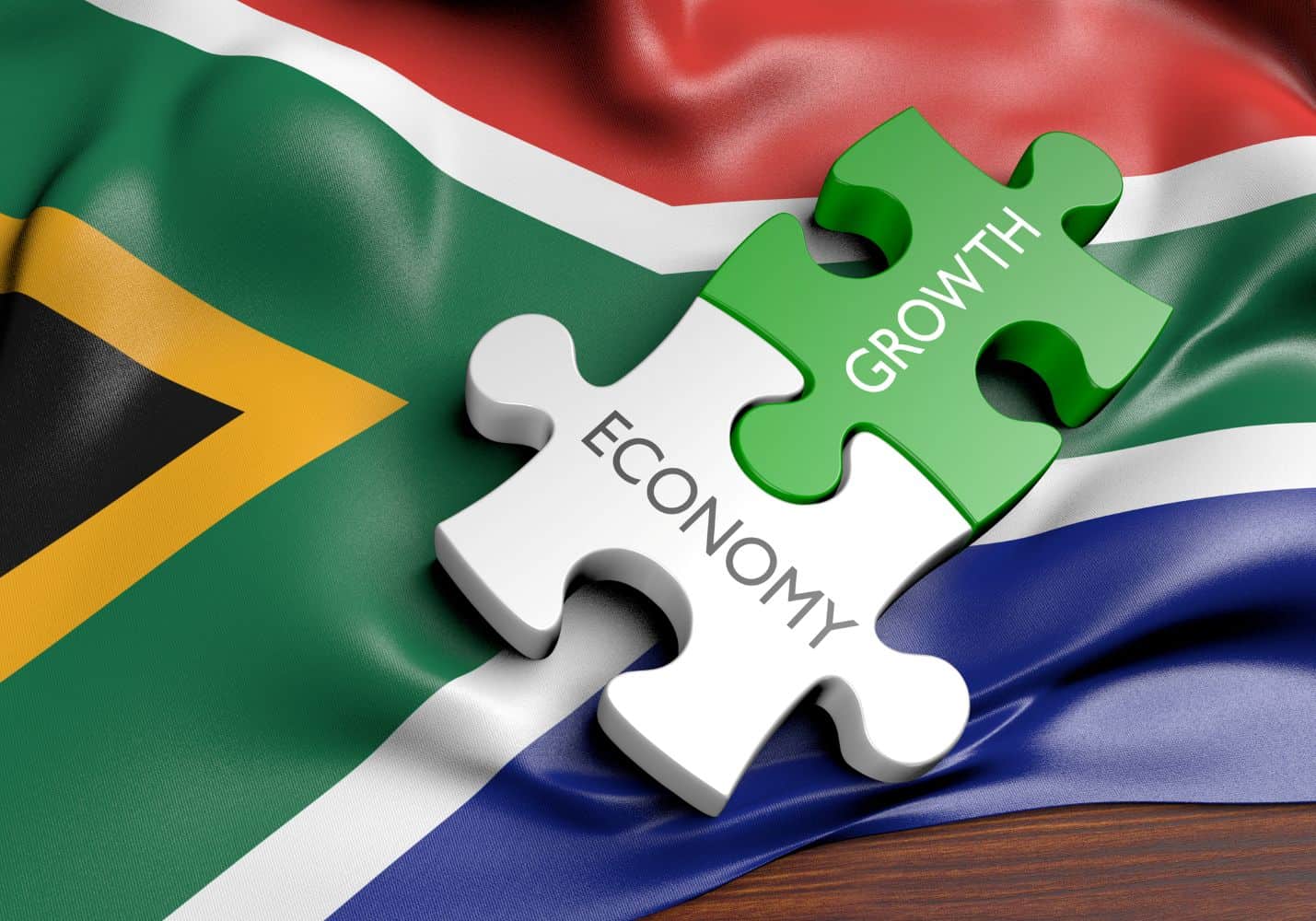Although Eskom and even Transnet have stabilised, they have to sustain this to grow the economy and be competitive.

It is time for the country’s state-owned enterprises such as Eskom and Transnet to get their act together so that the economy can grow and offer all the benefits strong growth will.
Jee-A van der Linde, senior economist at Oxford Economics Africa, warns that South Africa’s inefficient state-owned enterprises remain the most significant drag on any prospect of a sustained economic recovery.
“Operations at the key parastatals, Eskom and Transnet, have stabilised, but ongoing progress is vital to maintain economic competitiveness. The state of play for South African state-owned enterprises (SOEs) is neither deteriorating nor improving fast enough. Supply-side challenges, particularly in energy and transport, remain largely unfavourable from an economic perspective.”
Freight rail volumes stabilised from the 2023/2024 financial year’s free fall when volumes totalled just 152 million metric tonnes. However, Van der Linde points out, freight volumes for the 2024/2025 financial year came in 10 million tonnes short of the 174 million tonnes target, with Transnet still entirely dependent on government support.
With the help of the private sector, Transnet aims to lift rail volumes to 250 million tonnes per year by 2029. Private companies will start transporting goods on Transnet’s network from 2026/2027.
ALSO READ: PMI rebound signals recovery, but job losses and rising costs remain a concern
Eskom becoming more stable but municipal debt is a problem
Eskom managed to stabilise its operating performance and returned to profitability during the 2025 financial year for the first time in eight years, allowing the utility to reinvest in critical infrastructure and energy security to support its business operations.
The power utility attributed its latest profit to the 12.7% electricity tariff increase for 2025, debt relief support and a 14% reduction in primary energy costs, which resulted in a R16.3 billion decline in diesel costs, thanks to reduced reliance on expensive open-cycle gas turbines.
However, Van der Linde says, rapidly rising electricity tariffs and growing municipal debt arrears of R94.6 billion at the end of the 2025 financial year pose serious risks to South Africa’s future energy landscape.
The National Energy Regulator of South Africa (Nersa) recently initiated a market inquiry into the fixed charges on electricity bills to determine whether the current system needs reform after a R54 billion error by Nersa in Eskom’s tariff determination.
Nersa and Eskom since agreed on revised electricity tariff increases for 2026/27 (8.8%, up from 5.4%) and 2027/28 (8.8%, up from 6.2%). However, according to news reports, these adjustments account for only R35 billion, with the balance to be recovered in future years.
The South African Reserve Bank (Sarb) bemoaned this mistake during its recent policy meeting and revised its electricity inflation forecasts higher from 8.1% in 2026 and 5.2% in 2027. The Sarb noted that administered price dysfunction remains a major concern, as it erodes purchasing power and growth.
ALSO READ: Eskom reports full year profit for the first time since 2017 amid soaring municipal debt
SA’s freight challenges more important than ever with US tariffs
Van der Linde says solving South Africa’s freight rail challenges is arguably more important than ever considering the recent US tariffs. “In addition, stabilising operating performance for key SOEs, such as Transnet and Eskom, must be accompanied by additional sector-specific reforms to improve price efficiency.”
He warns that businesses and consumers are increasingly feeling the strain of increasing electricity prices which consistently outpace inflation. “Municipalities are not paying their electricity accounts on time or in full, with Eskom noting that this undermines the utility’s broader functional and legal separation process, especially concerning its distribution business.
“It is vital that Eskom adapts its business model by rapidly decentralising South Africa’s electricity supply industry and transitioning to a competitive wholesale electricity market to avoid the risk of being locked into high price growth.”






